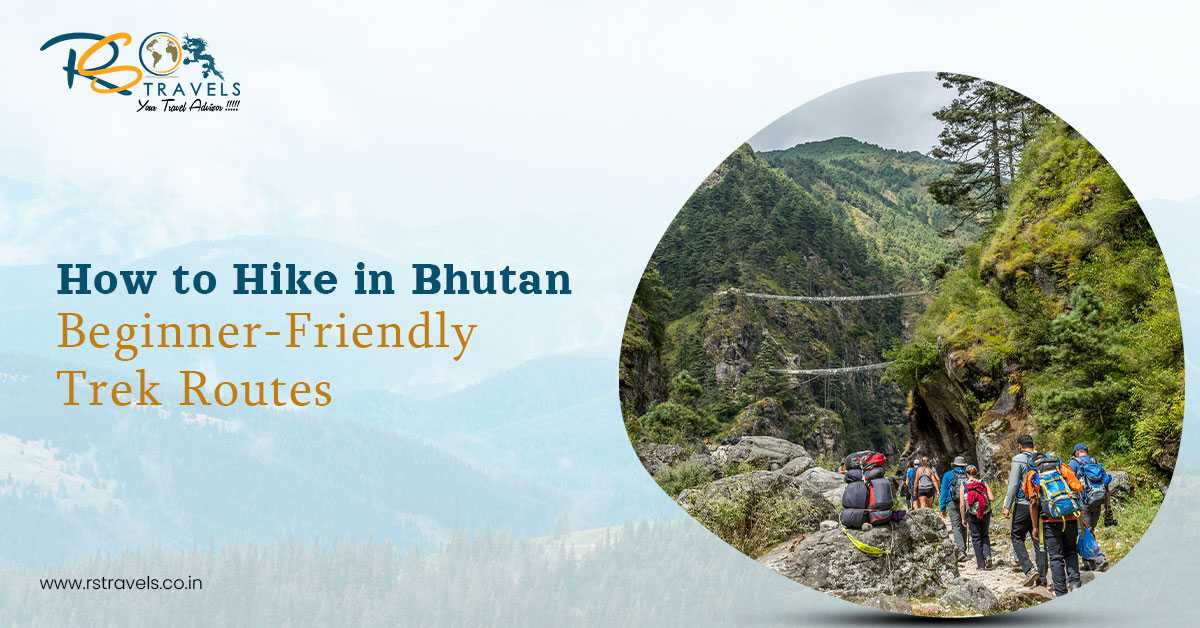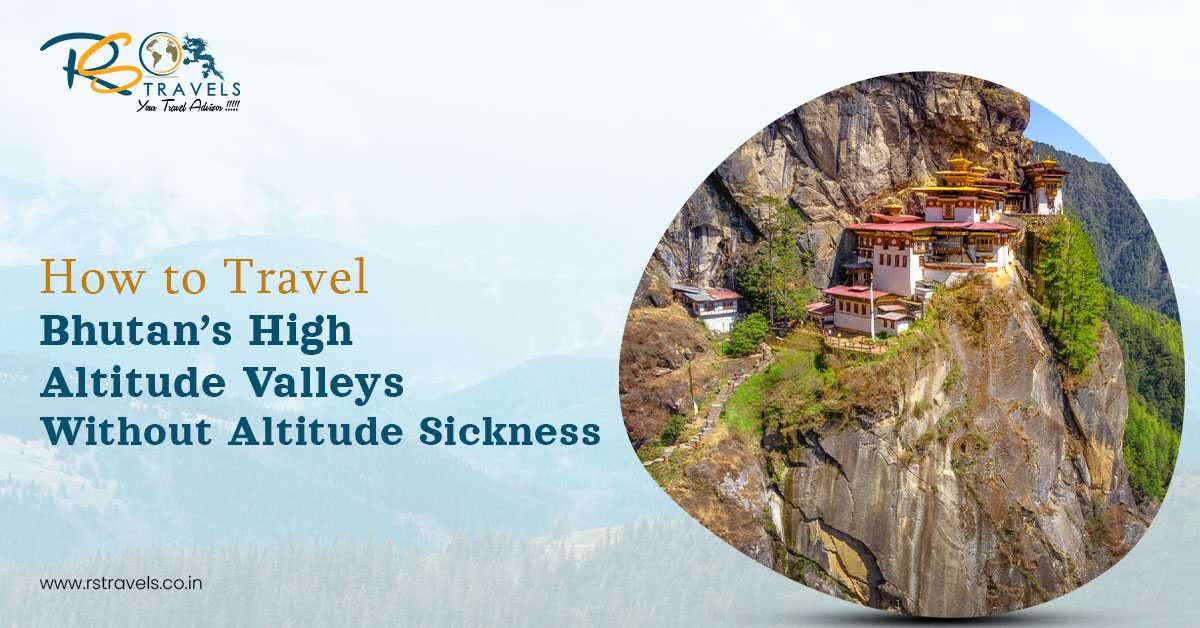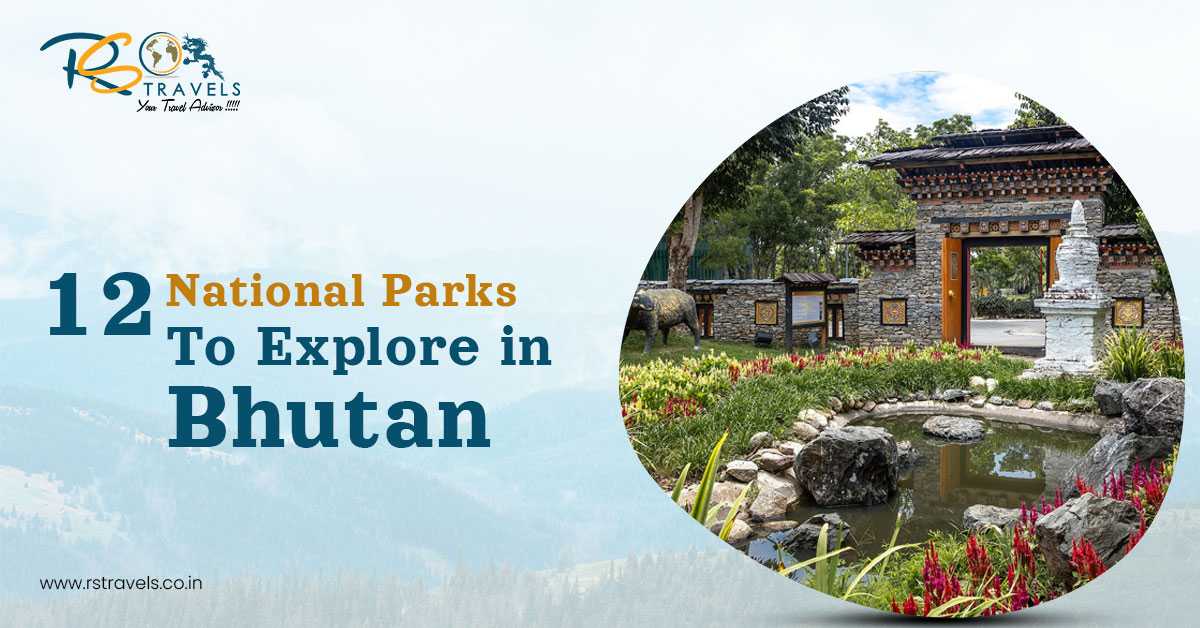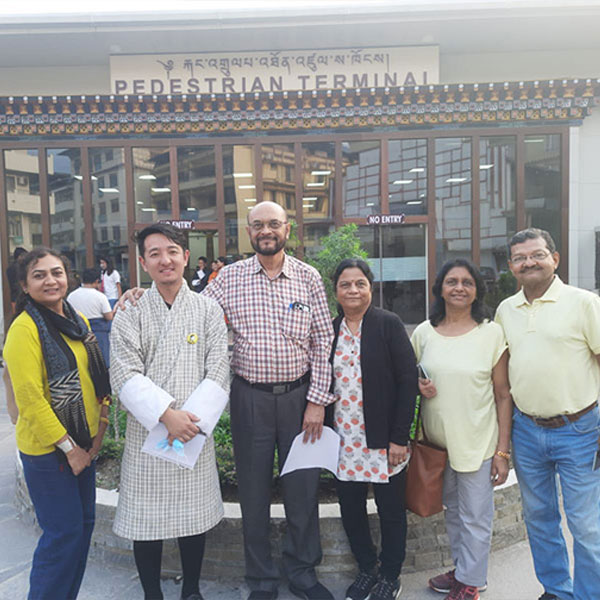Bhutan is noted for protecting its nature, with more than 70% of its land covered with forests. With national parks, wildlife sanctuaries, and nature reserves connected by biological corridors, about half of the nation is officially protected. These green networks secure Bhutan's incredible scenery, endangered flora and fauna, and rich cultural heritage.
Here are twelve of Bhutan's must-see protected places, each with a detailed description to help you make informed travel plans for anyone interested in the country's natural beauty. Get expert guidance from the best Bhutan tour operator on your upcoming vacation here.
1. Jigme Dorji National Park
The second-largest and most biologically diverse national park in Bhutan is Jigme Dorji National Park. It covers subtropical forests, glacial streams, alpine meadows, and snow-covered summits from elevations of about 1,400 meters to over 7,000 meters.
The area is well-known for housing rare birds, clouded leopards, snow leopards, red pandas, and Bhutan takin, the country's national animal. Here, trekkers will love the feeling of nature, secluded paths, glaciers, and sacred mountains like Mount Jomolhari. It's a little remote, so be ready to dive into your exclusive wildlife adventure.
2. Wangchuck Centennial National Park
Did you know that in terms of land area, this is the biggest national park in Bhutan? In addition to bordering Tibet, the Wangchuck Centennial spans numerous districts in northern Bhutan. These include Bumthang, Gasa, Lhuentse, Trongsa, and Wangdue Phodrang.
With a height range of roughly 2,500 meters to more than 5,100 meters, the area is quite large. In addition to protecting a variety of species, including the snow leopard, tiger, black bear, takin, and even the endangered Tibetan wolf, this land is crucial for the preservation of watersheds. Due to its isolation, this location offers visitors high-altitude lakes, wildflower meadows, magnificent mountain vistas, and fewer tourists.
3. Jigme Singye Wangchuck National Park
This park, which lies in Central Bhutan, is essential for linking several protected regions. Jigme Singye Wangchuck National Park is about 1,730 km² and has a range of climates. It ranges from alpine meadows at higher elevations to subtropical at lower elevations.
Numerous bird species, including the endangered Rufous-necked Hornbill, as well as animals like the golden langur, clouded leopard, red panda, and musk deer, are protected by its woods, streams, and diverse topography.
4. Phrumsengla National Park
Located in Bhutan's eastern region, Phrumsengla (Thrumshingla) encompasses a number of districts, including Mongar, Lhuntse, Bumthang, and
The park's elevation varies greatly, ranging from roughly 700 meters to 4,400 meters.
It has a rich birdlife and mostly old-growth fir forests with some conifers and broadleaf species. Among the unique birds are the satyr tragopan, rufous-necked hornbill, and lovely nuthatch. This is one of the best places to see wildlife and birds. Plus, the landscape, including forests, valleys, and mountain passes, is incredibly striking, especially where highways crisscross the park.
5. Bumdeling Wildlife Sanctuary
This wildlife sanctuary is of ecological and cultural significance in northeastern Bhutan. High-altitude regions, alpine lakes, and valleys can be found in Bumdeling, which is also home to birds like grey-crowned prinia and black-necked cranes. They are among Bhutan's wintering birds.
Here, meadows, forests, and cultural history are the top highlights. Additionally, areas of the sanctuary are inhabited by some local people. Visit this excellent location if you like less crowded routes, peaceful valleys, and getting to know the local way of life and environment.
6. Phibsoo Wildlife Sanctuary
One of Bhutan's lesser-known wildlife sanctuaries, Phibsoo (often written Phipsoo), makes up for its diminutive size with its distinctiveness. The location is in the Dagana and Sarpang districts, which are in the southern foothills and border India.
Phibsoo is home to spotted deer (chital), elephants, Bengal tigers, gaurs, and other animals more commonly seen in tropical forests. It also preserves rare sal trees and lowland sal (Shorea robusta) forests. Especially in the milder seasons, its lower elevation makes it easier to reach than many Himalayan parks.
7. Royal Manas National Park
Considered by many to be Bhutan's "oldest" protected area, Royal Manas is extremely significant for biodiversity. Occupying the southern Bhutan, it touches on riverine systems, rich lowland forests, and areas that border India, encompassing sub-tropical and tropical habitats.
Blessed with abundant wildlife, including hornbills, golden langurs, tigers, elephants, and numerous birds and mammals, Royal Manas is one of the star attractions in Bhutan. Compared to the high Himalayas, the low and warm climate here offers a diversity of tropical life that is not seen in higher parks.
8. Sakteng Wildlife Sanctuary
High mountain alpine ecosystems and temperate forests are preserved in this sanctuary in eastern Bhutan. Noted for its rhododendrons, the area boasts diverse vegetation (which includes several tree and flowering plant species). And the fact that it is one of the few places where black-necked cranes spend the winter.
Again, it’s interesting to note that this area is connected to various aspects of local tradition, such as "yeti," which gives it a mysterious quality. Sakteng provides isolated scenery, fewer highways, and an opportunity to experience Bhutan's eastern highlands in a more sedate manner for those with a strong sense of wildlife adventure.
9. Jomotsangkha Wildlife Sanctuary
Formerly known as Khaling Sanctuary, Jomotsangkha Wildlife Sanctuary is one of the smallest areas in Bhutan. Situated in the southeast's Samdrup Jongkhar District, this area is remarkable for its rich biodiversity.
Elephants, gaurs, potentially pygmy hogs, hispid hares, hornbills, and other tropical and subtropical fauna are all protected. For those who wish to explore less-visited sickly sanctuaries, this one offers immersion in lush woodland, relative solitude, and the opportunity to witness wildlife in their natural states.
10. Jigme Khesar Strict Nature Reserve
The Thrumshing La pass is a highlight that merits extra attention, even if I've already discussed Phrumsengla as a whole. Cutting across the park, this high mountain pass provides some of the best views, including a rhododendron alpine garden.
Also, it provides reasonably accessible trekking for high altitude beauty without having to travel to the most inaccessible areas. It is especially lovely during the rhododendron blooming season, so you may plan a visit here at this time.
11. Toorsa Nature Reserve
It is located in the Haa district of western Bhutan and is also known as the Toorsa Strict Nature Reserve. It crosses the Dzongkhags of Haa and Samtse and covers an area of 609.5 km². By booking with a reliable Bhutan tour operator, you can make the best of your wildlife tour here.
Because of its isolated position and rough terrain, there are fewer tourists but also more untamed and pristine experiences. This reserve is ideal for anyone seeking peace, quiet, and alpine streams away from busy roads.
12. Motithang Takin Preserve
The Motithang Takin Preserve in Thimphu is worth seeing, even though it's considerably smaller than the other wildlife places in Bhutan. This is especially a must-visit location if you're close to the capital.
It is devoted to Bhutan's national animal, the takin, and provides an opportunity to get a close-up look at this unique animal in a more controlled but still primarily natural setting.
This nation’s conservation strategy is quite impressive: it seeks to preserve entire ecosystems, maintain forest cover above 70%, and blend traditional culture with contemporary sustainability.
Exploring these protected areas is a window into a place that values nature greatly. With the best packages by the top travel agents in Bhutan, make your wildlife tour rewarding. Connect today with Rs Travels!
Comments (0)





